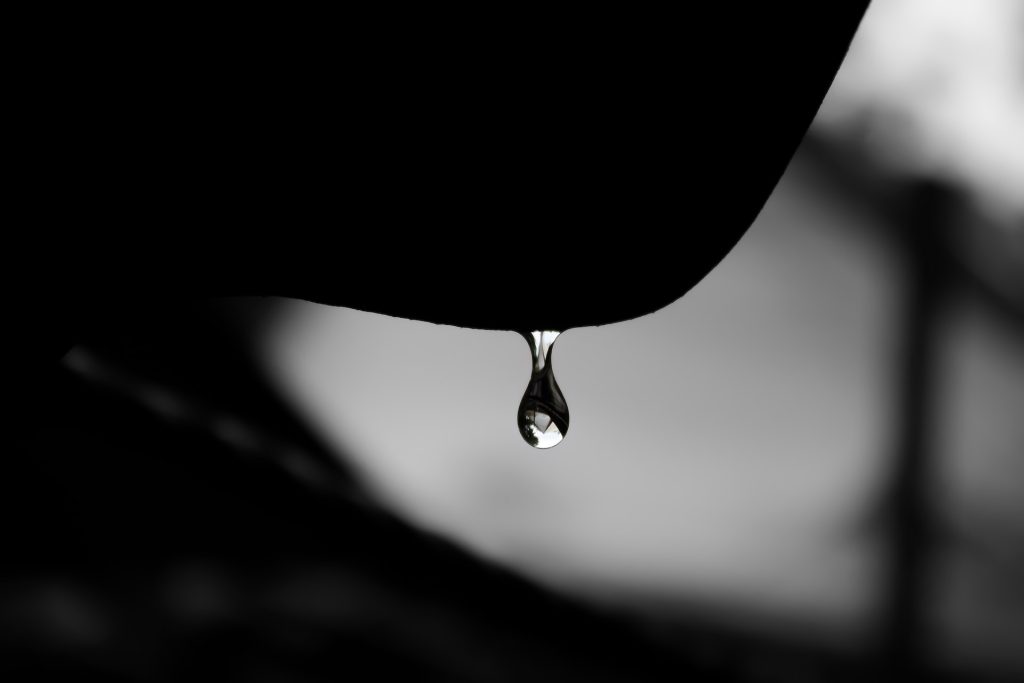Tears – those salty droplets that stream down our faces in moments of joy, sorrow, or simply when chopping onions. These seemingly simple manifestations of emotion hold a fascinating complexity. In this exploration, we’ll journey into the intricate world of tears, understanding their composition, unraveling the science behind their formation, and deciphering the emotional tales they tell.

Types of Tears
Tears are not a monolithic entity; they come in different forms, each with its unique purpose. Basal tears are the unsung heroes, constantly lubricating our eyes to keep them moist. Reflex tears are triggered by irritants like dust or onions, providing a swift cleansing mechanism. But the stars of the show are emotional tears, linked to our feelings, whether of joy, sadness, or everything in between.
The Lacrimal Gland
The lacrimal gland, a tiny structure nestled above each eye, is the artisanal workshop responsible for crafting tears. When stimulated, it produces a blend of water, oil, mucus, and special proteins, each playing a crucial role. The precise composition ensures that tears perform their diverse functions, from maintaining eye health to expressing our deepest emotions.
Emotional Tears
Why do we cry when we’re sad, happy, or overwhelmed? The answer lies in the unique chemistry of emotional tears. These tears contain additional stress hormones and proteins not found in basal or reflex tears. It’s as if our bodies are concocting a specific elixir tailored to the emotional storm within. This chemical composition, while not fully understood, points to the intricate relationship between our emotions and our physiology.

Why We Cry
When emotions run high, our brain signals the release of emotional tears. This response is thought to have evolved as a social signal, a non-verbal communication tool that speaks volumes without words. Shedding tears in moments of joy or sorrow communicates vulnerability, strength, or empathy, creating a shared emotional experience. It’s the body’s way of saying, “I’m feeling something profound.”
The Science of Catharsis
Crying has long been associated with a sense of catharsis – a release of pent-up emotions. Scientists believe that shedding tears can help regulate our emotional state by flushing out stress hormones, providing a physiological reset. In this way, tears become more than an emotional language; they function as a built-in release valve, offering relief in the face of life’s emotional rollercoaster.
The Spectrum of Emotional Tears
Not all emotional tears are created equal. Microscopic studies have revealed variations in the composition of tears shed in response to different emotions. Tears triggered by grief may contain different biochemical markers than those of tears born of laughter. This complexity showcases the richness of our emotional lives, each tear a unique brushstroke on the canvas of human experience.
The Healing Power
Beyond their communicative role, tears may possess therapeutic properties. Researchers have found that emotional tears can reduce stress, alleviate mood, and even contain natural painkillers. This intriguing aspect of tears adds a layer of wonder to their existence, suggesting that the very act of shedding tears is an innate form of self-care.

Tears, those liquid gems that grace our cheeks, are far more than meets the eye. From the intricate chemistry of their composition to the emotional symphony they conduct, tears stand as a testament to the poetry inherent in our humanity. So, the next time tears well up, whether in joy or sorrow, recognize them for what they are – the exquisite elixirs that connect us to our deepest emotions and to each other in the vast tapestry of the human experience.





